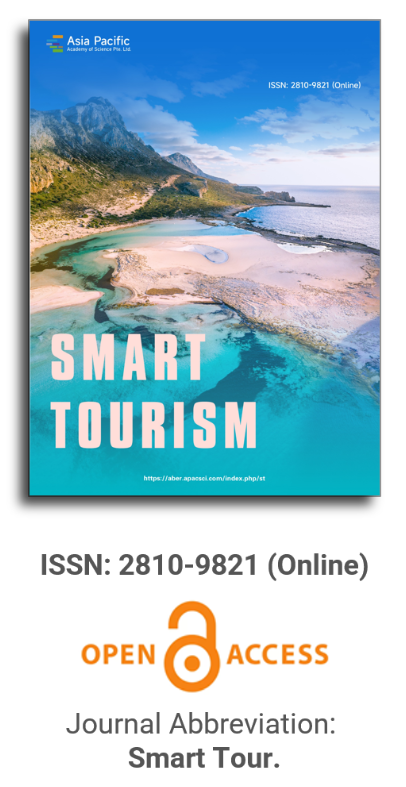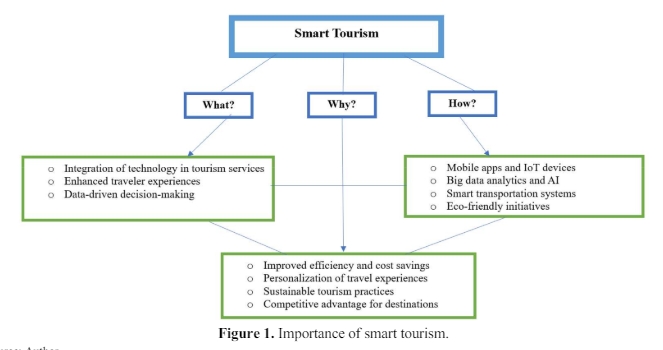


Architecture design of Jing Gangshan virtual tourism system based on WebVR
Vol 1, Issue 1, 2020
Download PDF
Abstract
In view of the current mainstream VR virtual tourism system, because of the heavy virtual scenes and limited network bandwidth, tourists can't browse the WEB pages directly, and they need to download plugins or client systems to browse. This paper studies the lightweight architecture of virtual tourism roaming system. Research technologies such as lightweight modeling of 3D scenes, 3D engine call and lightweight script design, build a cloud storage transmission platform, integrate key technologies such as tour guides, and construct the online Jinggangshan WebVR system. The system based on this architecture will enable visitors to browse Web pages directly, online and quickly in real time, and improve the sense of interaction and immersion of the system.
Keywords
References
- Liu S, Jia J. Web-based virtual tourism environment development and its key technologies. Research on Computer Applications 2008; 25(9): 2596–2600.
- Daniel A, Guttentag. Virtual reality: Applications and implications for tourism. Tourism Management 2010; 31: 637–651.
- Jiao G, Pei Y. Analysis and design of urban tourism information system based on WebGIS. Energy Procedia 2011; 13: 3794–3799.
- Steven F Illum, Stanislav H Ivanov, Liang Y. Using virtual communities in tourism research. Tourism Management 2010; 31: 335–340.
- Sun J. Research on virtual tour guide behavior model in virtual tourism scene [Master’s thesis]. Hefei: Hefei University of Technology; 2009.
- Gülçin Büyüközkan, Buse Ergün. Intelligent system applications in electronic tourism. Expert Systems with Applications 2011; 38: 6586–6598.
- Zhang L. Smart tourism: The coming of personalized customization and intelligent public service era. Journal of Tourism Science 2012; 27(2): 3–5.
- Shi W, Lu Y, Li Z, et al. SHARC: A scalable 3D graphics virtual appliance delivery framework in cloud. Journal of Network and Computer Applications 2011; 34: 1078–1087.
- Lin Q, Hoon Kang Neo, Zhang L, et al. Grid based large scale Web3D collaborative virtual environment. Web 3D 07 proceedings of the twelfth international conference on 3D web technology; 2007 April 15; New York. New York: ACM; 2007.
- Wang W, Jia J, Zhang C, et al. Progressive 3D scene updating strategy for P2P network. Computer Applications 2010; 30(9): 2422–2426.
- Baidu Encyclopedia. Smart. Available from: http://baike.baidu.com/view/5217093.htm?fromTaglist#3.2012
Supporting Agencies
Copyright (c) 2020 Yunlan Tan, Jinyuan Jia, Yongping Kang, Shuo Peng, Bo Zhang
License URL: https://creativecommons.org/licenses/by/4.0

This site is licensed under a Creative Commons Attribution 4.0 International License (CC BY 4.0).

Prof. Hung-Che Wu
Nanfang College, Guangzhou
China
Indexing & Archiving
Asia Pacific Academy of Science Pte. Ltd. (APACSCI) specializes in international journal publishing. APACSCI adopts the open access publishing model and provides an important communication bridge for academic groups whose interest fields include engineering, technology, medicine, computer, mathematics, agriculture and forestry, and environment.



.jpg)
.jpg)

.jpg)

